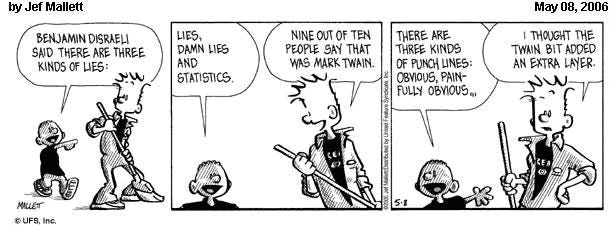Tymon Słoczyński’s “Interpreting OLS Estimands When Treatment Effects are Heterogenous: Smaller Groups Get Larger Weights” was published in 2022 Review of Economics and Statistics. It’s short at 9 pages, beautifully written and full of important lessons as well as surprises. It’s one of my favorite econometrics papers published in the last year. It pr…
Keep reading with a 7-day free trial
Subscribe to Scott's Mixtape Substack to keep reading this post and get 7 days of free access to the full post archives.





